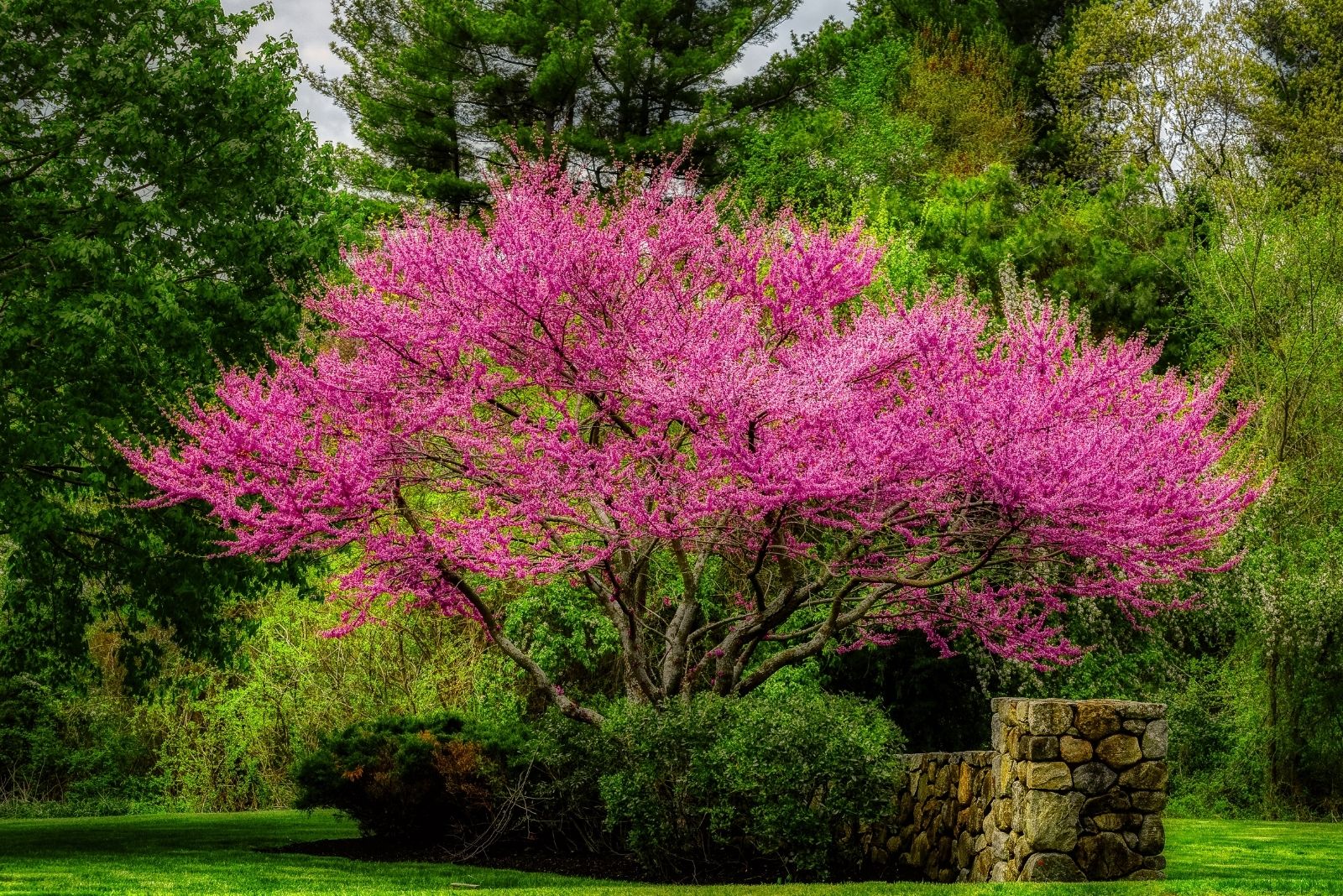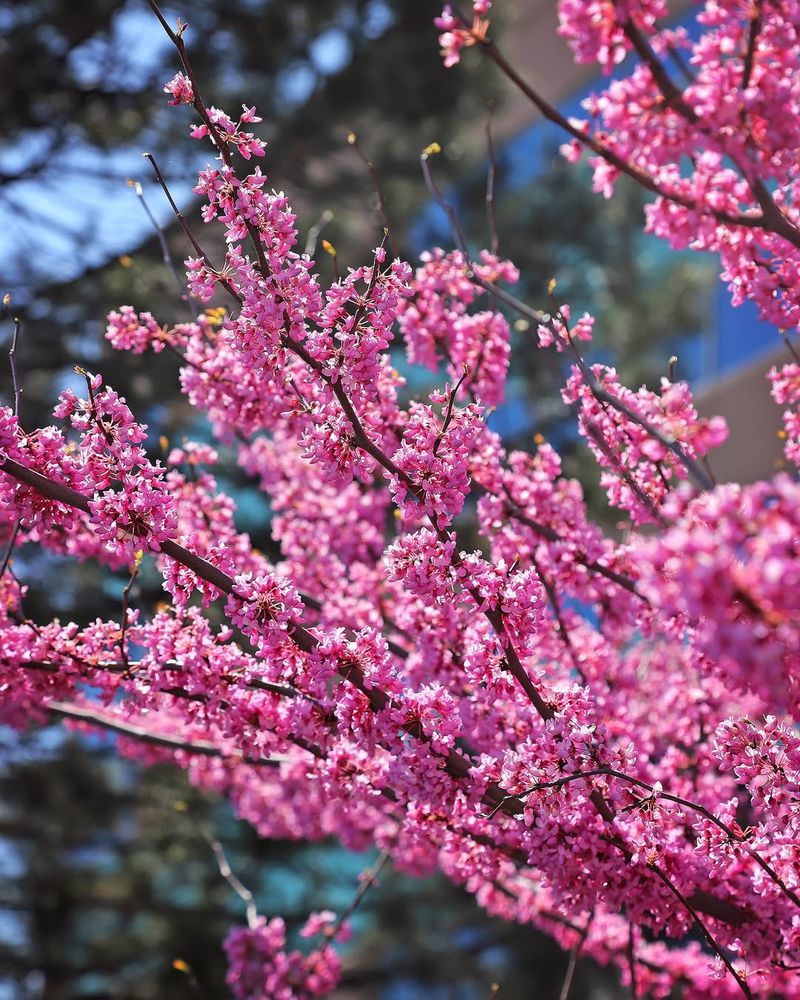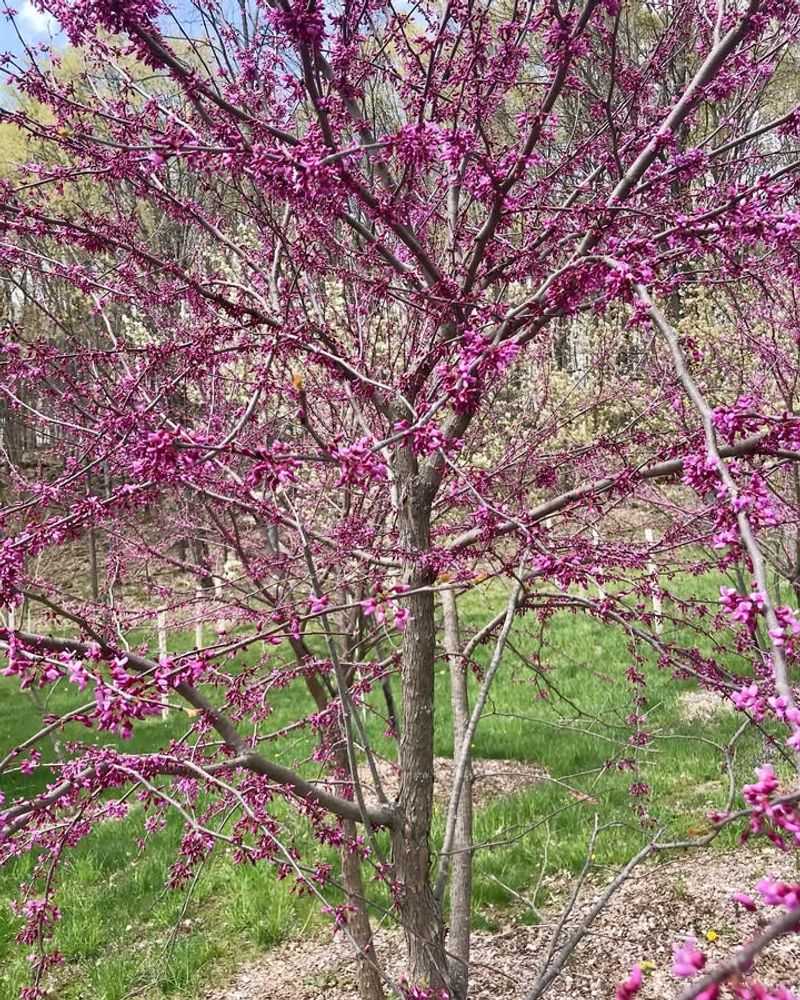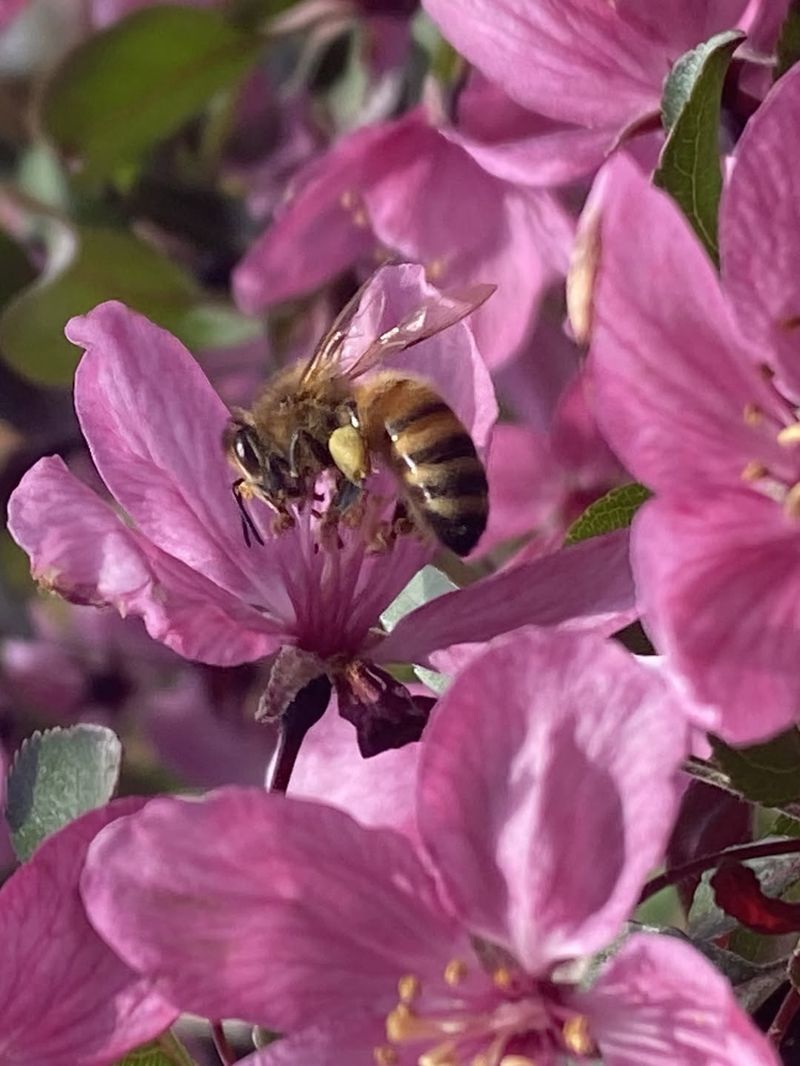Eastern redbud trees are famous for their beautiful spring blooms, but did you know they also play an important role in Oklahoma’s fall ecosystem? While most people think of these trees as purely decorative, they actually provide crucial resources for pollinators preparing for winter.
Understanding why these native trees attract so many beneficial insects can help you appreciate the hidden wildlife activity happening right in your backyard.
1. Late-Season Nectar From Remaining Blossoms
Occasionally, eastern redbuds produce a second flush of flowers during warm Oklahoma autumns. This unexpected bloom happens when temperatures stay mild and rainfall is adequate.
Bees and butterflies desperately need these late-season nectar sources as other plants have already finished flowering. Native pollinators rely on every available food source to build energy reserves before winter arrives.
Even a few scattered blossoms can make a significant difference for hungry insects preparing for colder months ahead.
2. Seed Pods Attract Beneficial Insects
After spring blooms fade, redbuds develop distinctive flat seed pods that ripen throughout summer and persist into fall. These pods attract various beneficial insects that feed on the seeds or hunt for prey.
Predatory wasps and beetles patrol the pods searching for caterpillars and other small insects hiding among the foliage.
This creates a miniature ecosystem where multiple species interact and depend on the tree. The pods themselves become feeding stations for wildlife throughout autumn months.
3. Fallen Leaves Create Pollinator Shelter
Eastern redbud leaves are distinctively heart-shaped and create excellent ground cover when they drop each fall. Many native bees, including mason bees and leafcutter bees, seek shelter in leaf litter to overwinter safely.
Butterfly chrysalises and moth cocoons also hide beneath these protective layers, waiting for spring warmth to emerge.
Leaving fallen redbud leaves undisturbed provides essential habitat for next year’s pollinator population. Raking away all leaves eliminates crucial overwintering sites for beneficial insects.
4. Branch Structure Offers Nesting Sites
Mature redbud trees develop interesting branch patterns with small crevices and hollow spots perfect for pollinator nesting. Solitary bees particularly appreciate these natural cavities for laying eggs and storing pollen provisions.
Unlike honeybees that live in hives, most native Oklahoma bees are solitary and need individual nesting spaces. Redbuds provide these sites naturally without requiring human-made bee hotels.
Fall is when many species scout for next spring’s nesting locations, making these trees valuable year-round.
5. Bark Harbors Overwintering Pollinators
The slightly textured bark of eastern redbuds creates perfect hiding spots for insects preparing to survive winter. Ladybugs, lacewings, and small native bees tuck themselves into bark crevices where they enter dormancy until spring.
Some butterfly species also attach their chrysalises directly to redbud bark, camouflaged among the natural colors and patterns.
This protective covering shields vulnerable life stages from harsh weather and hungry predators. Wrapping trees or removing bark disrupts these critical overwintering strategies completely.
6. Rich Fall Foliage Provides Important Microhabitats
When autumn paints redbud leaves in shades of gold and yellow, something magical happens beneath the surface. Those colorful leaves create tiny protected spaces where pollinators seek refuge from cooling temperatures and harsh winds.
Native bees, small wasps, and beneficial beetles crawl into the folds of curling leaves, finding warmth and safety. The heart-shaped leaves of redbuds form perfect little pockets that trap heat during sunny fall afternoons.
As leaves gradually drop, they form layers on the ground that become winter homes for ground-nesting bees and larvae. This natural leaf litter acts like a cozy blanket, protecting next spring’s pollinator generation through Oklahoma’s unpredictable winter weather patterns.







